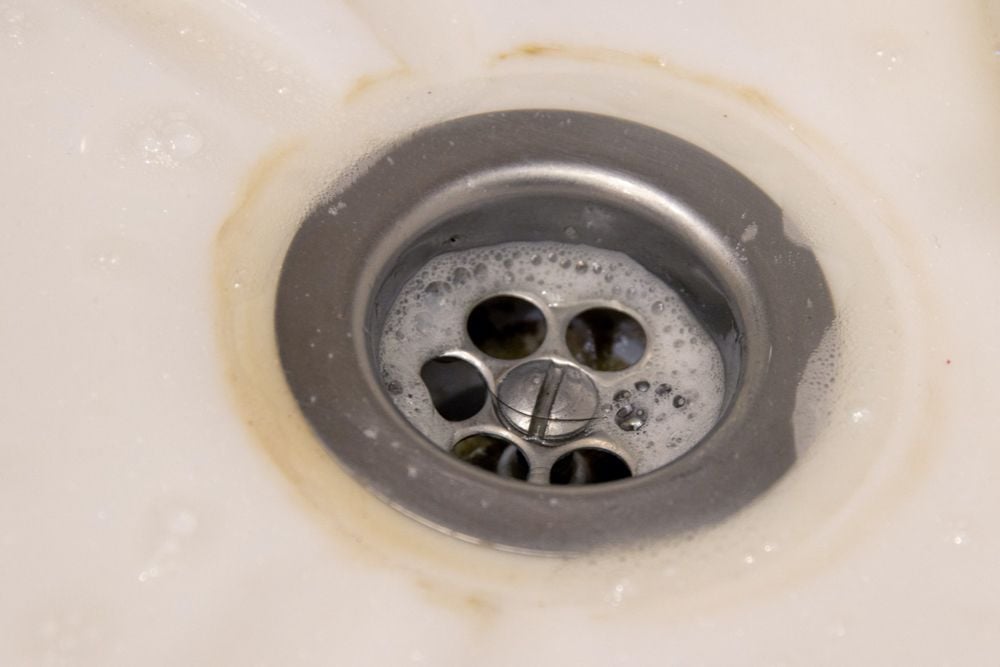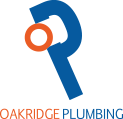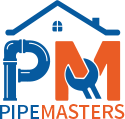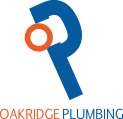Why Drains Clog & Tips To Unclog Them
)
Clogged drains are a reality sooner or later in your home. It’s not all bad news, often you can troubleshoot the issues and prevent them from happening in the first place. Most bathroom or laundry room clogs are a result of dirt, hair and skin flakes combined with the soap scum in the drain and on the walls of the pipes. This accumulates over time and clogs the drain. In the kitchen there is grease, oil and food particles added to the mix, increasing the likelihood of a clog.
When experiencing a clogged drain, it’s important to act quickly and restore normal operation of the drain and avoid potential backups and the resulting potential damage. A lot of people turn to liquid chemical drain cleaners to clear out their drains, but we like most plumbing professionals, do NOT recommend using these products. They have some extremely harsh, caustic chemicals that can damage your pipes, especially if you overuse them. Plus, it might result in the clog moving farther down the drain, which will worsen the backup and be even more difficult (expensive) to fix.
So instead of using a chemical drain cleaner, here are a few other alternative methods you can use for dealing with clogged drains.
- Vinegar and baking soda: Chances are you did the “science experiment” involving vinegar and baking soda at some point in grade school. This mixture can help you clear a drain. Pour half a box of baking soda down the drain, then half a cup of vinegar. Stop up the drain with rags or a metal stopper, and let the chemical reaction occur. The hope is that this reaction will clear the clog, and you’ll then be able to pour boiling water down the drain to clear up the rest.
- Boiling water: You might, in some circumstances, be able to get away with using just boiling water without having to try the vinegar and baking soda method first. By boiling, we mean boiling, not just hot. Boiling water will dissolve organic matter built up in the sink. However, if you have PVC pipes instead of metal pipes, you should not use this method, as the heat could result in the joints cracking. In addition, if the sink bowl is made of porcelain, you have to be extremely careful to pour the water directly into the drain and not let it splash on the bowl, otherwise it could crack the porcelain.
- Plungers: If there’s a large obstruction in your sink to the point where no liquid is capable of flowing through, you’ll likely need to use a plunger. When the blockage is in a sink, you’ll use a different kind of plunger than you would with a toilet. It should be cup-shaped and not flanged. You can find small handheld plungers as well as full-length plungers. Remove strainers and stoppers, then fill up the sink halfway full with water. Place the plunger on the drain and plunge sharply and quickly. Check every now and then to see if the sink is draining.
- Drain snakes: You can also find handheld drain snakes at hardware supply stores, which will feature long steel wires that can snake down into drains. When you meet the clog, twist the snake to catch it and remove the debris.
- Remove the drain pipe: If none of these methods work, you might need to remove the P-trap or the U-shaped piece of the plumbing and remove the clog manually.
If you’re finding it difficult to remove a stubborn clog in your plumbing, contact us today, and we’ll be happy to provide our services and tips. info@pipemasters.ca or (289) 404-9063. PipeMasters is part of Oakridge Plumbing Ontario Ltd. and serves the East GTA, Durham Region, North to Lindsay & Peterborough, out to Cobourg and all points in between. PipeMasters is part of Oakridge Plumbing Ontario Ltd. All Right Reserved.
| Tags:Kitchen TipsPlumbing Tips |



